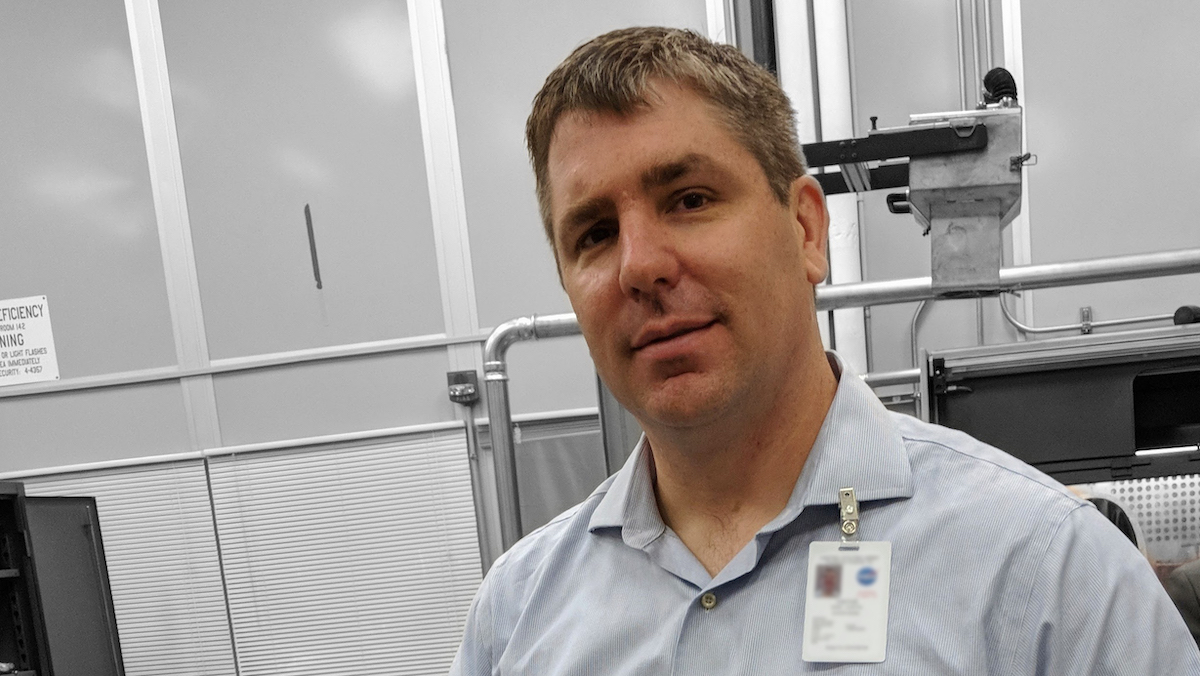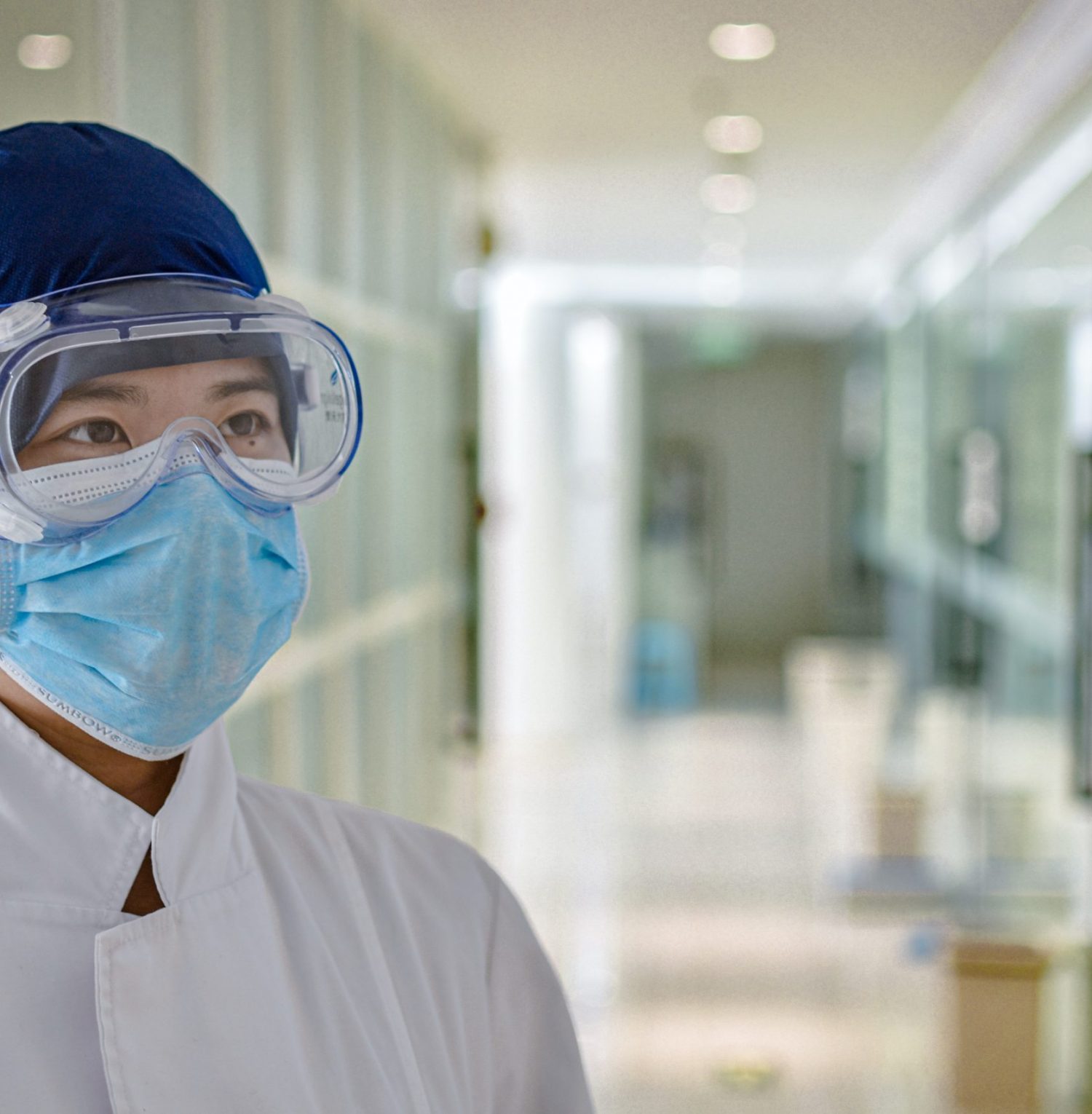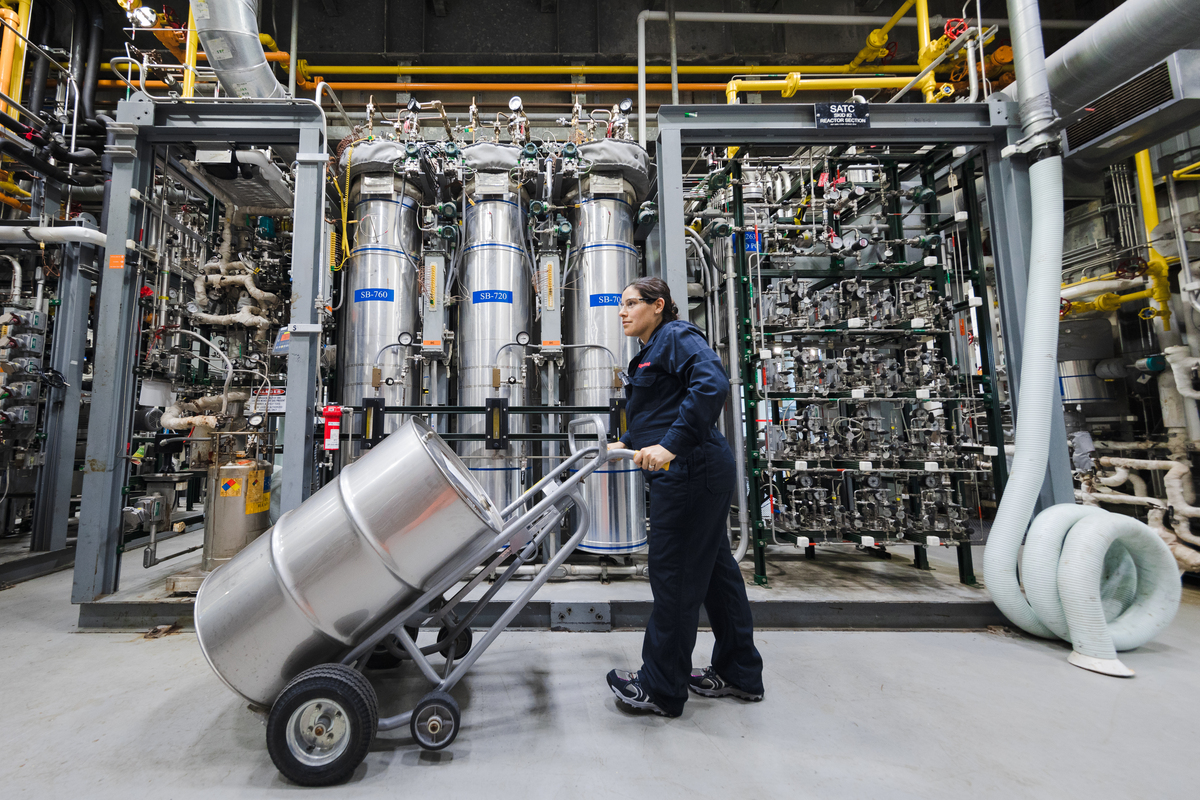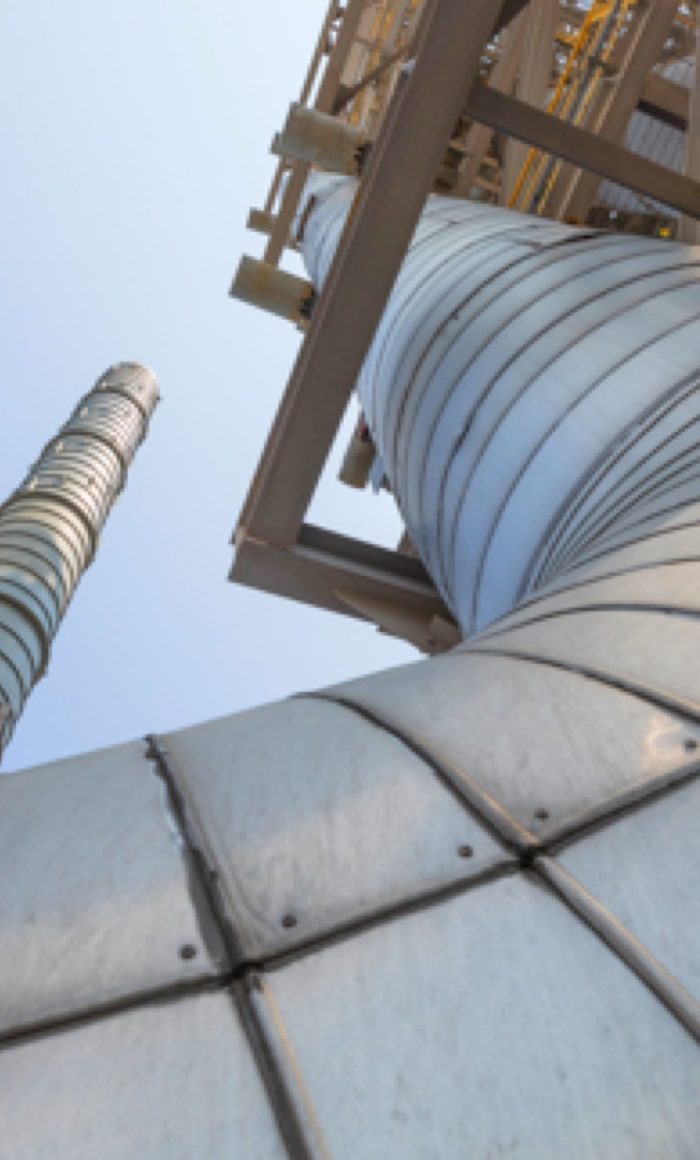A chance Facebook friendship in the United States between an Atlanta-based physician and a digital transformation expert from ExxonMobil could help unlock a wave of medical masks that health care workers need to help treat patients with COVID-19.
Justin Sink, a digital transformation and innovation advisor at ExxonMobil, in Texas, saw a March 19 Facebook post from his friend Dr. Susan Morris, a paediatric intensivist. The post was written by Dr. Joanna Newton, who was frustrated at the shortage of protective gear for medical professionals. Just a day later, Dr. Newton returned to Facebook to announce she’d partnered with a team at Georgia Tech to 3D print face shields and reusable masks.
But there was still a gap: they needed a plastics manufacturer who could mass-produce the equipment.
Seeing the challenge at hand, Justin immediately connected with ExxonMobil’s chemical business experts. This team of engineers and product managers tapped into its broad network of material science specialists and equipment manufacturers to help. Together, they brought in industry partners to answer the call for protective gear for medical professionals on the frontlines of this fight.
Dr. Newton’s post set off a wave of willing assistance and contacts, culminating in a collaboration between ExxonMobil and a host of other companies, academics and government institutions to help solve the protective-gear shortage without a moment to lose.
In an interview with Justin, he lays out details on this initiative, explains why it’s both critical and unprecedented, and describes how it will, within days, enable the production of thousands of protective masks every hour.
Energy Factor: How did you realise that you were in a position to help solve such a widespread problem so quickly?
Justin Sink: In fairness, this has all come together faster than I anticipated. In a short time, we went from zero to a network of willing partners. This initiative quickly went from design to prototype to the cusp of mass production.
When I first saw the call for help, I knew our plastics business had the right manufacturing contacts to help get things going. We forged connections between manufacturers and medical professionals who’d never have found each other on their own, and brought in our production and supply chain expertise, too. I’m grateful for how our chemicals professionals have stepped up to answer the call, as well. My colleagues Bill Ramsey, Bob Ferguson and Mike Donahue have been incredibly helpful in this process, recruiting and mobilising so many partners. Things snowballed from there.
EF: We’ve been hearing a lot about N95 masks. What makes them effective, and why are they so hard to come by right now?
JS: The masks are made of a material Exxon invented in the 1970s. It looks and feels like rigid cloth, but it’s actually a melt-blown polymer that enables air to flow in and out easily. What most people don’t know is that before the fabric is shaped into masks, it’s given an electrostatic charge. That charge is what captures viruses or bacteria.
Over time and with extended use and contamination, that charge diminishes and, along with it, the protective ability of the mask. So, these masks often have to be thrown away after a single use. And the problem is there’s only so much of the fabric being produced around the world.

The demand for medical masks is rising around the world as doctors and nurses ensure their own safety as they work to stop the spread of COVID-19.
EF: Why can’t production simply ramp up?
JS: With the N95 mask, the technology that’s required to produce each unit is quite complex. It’s difficult to build a new supply chain for N95 masks in a week – it usually takes months. And the virus spreads exponentially.
Fortunately, ExxonMobil understands materials science, manufacturing and supply chains, so we’re working to use that expertise and our connections in these areas to help. That means looking at similar designs and materials and talking to academics and manufacturers who can divert their resources and retool their machinery quickly.
EF: What are some of the different materials that you and your partners are working with?
JS: In terms of materials for the masks, we have two new sources. One is from a company that makes the dust-repelling fabric for speakers for sound systems. That material, when charged, gets to a similar level of protection as an N95 mask and, if used properly, can protect a health care worker for an entire shift. A team at North Carolina State University, which is the premier fabric institute for polymers, has a production line operating 10 hours per day. We’re helping to get them going 24/7.
Of course, there’s only so much filtering material that can be produced. So, we need to use every centimetre of fabric effectively, which means rethinking the mask itself.
So instead of the traditional N95 disposable mask, we’re working on a composite rubber facemask with small, replaceable filter cartridges. This mask looks like the ones painters wear. The filter fabric in the cartridges will have the electrostatic charge, and at the end of a shift, the doctor or nurse can simply remove the mask, clean it and replace the cartridges with new ones, enabling them to use the same mask again the next day.
EF: Would the masks’ replaceable filter cartridges contain similar material to that of an N95 mask?
JS: Essentially, yes. The main advantage is that we will use less filter material than we would with a disposable mask, so no filter material goes to waste.
Best of all, we’re not putting health care workers in a position where they feel they have to wash or heat sterilise an N95 mask, which just reduces the effectiveness of the masks they’ve been forced to reuse up to this point.
EF: So how do we get from concept to rapid production, given the current supply chain constraints?
JS: We used 3D printing for prototypes and molds. After working with the medical community and the team at the Global Center for Medical Innovation in the US to make sure the mask is up to standards, our medical-grade plastics experts started working with private and government manufacturers to create an injection mould.
Once a mould is built in the shape of the mask, thousands of them can be produced per hour. We’re collaborating with NASA, the Georgia Tech Research Institute, GE, Delta Airlines, the National Organization for Technology Exploration and Delivery, Boeing and the U.S. Army Futures Command to decide which materials can be scaled up.
EF: How will the new mask get approved, adopted and distributed for widespread use?
JS: Everyone involved is sticking to their expertise and leveraging their relationships to make sure we get this done and protect the people on the front lines, who are protecting all of us.
So, for example, we at ExxonMobil know materials science and supply chains, but we don’t know the medical community. The team at the Global Center for Medical Innovation, however, does – so they’re the ones working closely with doctors to make sure the mask is up to standard.
EF: How soon do you anticipate face shields and the new masks making their way to doctors and nurses?
JS: The face shields will start shipping in early April. The United States Army Futures Command and NASA have been helping with the design and prototyping process. Boeing also has shifted production to the shields. One production line can have an output of 10,000 shields per hour.
What’s key to understand, though, is that we’re not replacing supply from the other manufacturers of masks. We’re adding to it. In just a couple of weeks, we’ll have created an entirely different production method and supply chain that doesn’t have the same bottlenecks that exist now. Everybody is pitching in to make this work.




